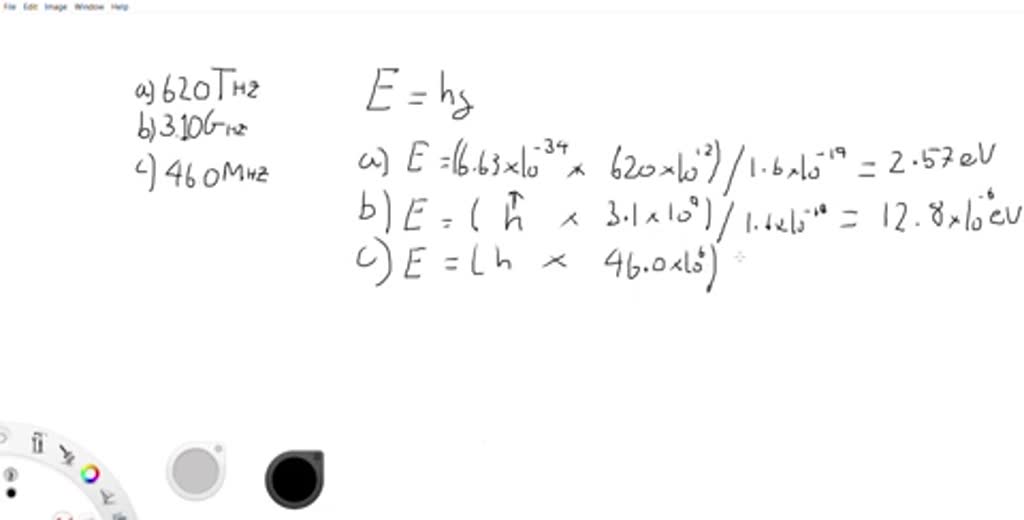
This was more accurate than the wire (which would not be vertical next to a moving ship) but there was only a limited supply of cartridges. These had the choice of simply using the lead and measuring the wire run out, or attaching a chemical cartridge which indicated pressure (and hence depth) by the penetration of water through a column of colour-changing material. There were also mechanical sounding machines in use, which lowered a lead over the side on a long wire and then hauled it up again, either using an electric motor or by a burly seaman or two winding a big handle.

There was a certain amount of technique involved, and you had to know whether your first contact was expected to be a rising or a falling seabed. Turning the knob also moved a pointer to read off the depth. The instrument required a dedicated operator, who wore a pair of headphones and continuously adjusted a knob until the echoes overlapped (or something like that - I can't quite remember the details). Instead of a single transducer, there was a noisemaker at one end of the ship (basically a mechanically-operated hammer banging on the hull plating) and a microphone at the other. They did have echo sounders, but they were very crude devices.
Volts to hecta volts manual#
Click to expand.My 1930s Manual of Seamanship has a section on depth sounding.


 0 kommentar(er)
0 kommentar(er)
